12th Berlin Biennale Revealed Venues

03 March 2022
Magazine C& Magazine
4 min read
They are Akademie der Künste, Dekoloniale Memory Culture in the City, Hamburger Bahnhof, KW Institute for Contemporary Art and Stasi Headquarters.
With this selection, the 12th Berlin Biennale maps historical ruptures and processes of political and social transformation that were initiated in Berlin but resonate far beyond the city. Against this backdrop, participants in the 12th Berlin Biennale seek to formulate decolonial strategies and practices for the present.
The 12th Berlin Biennale for Contemporary Art will take place at the following venues:
Akademie der Künste, Hanseatenweg and Pariser Platz
Dekoloniale Memory Culture in the City
Hamburger Bahnhof – Museum für Gegenwart – Berlin
KW Institute for Contemporary Art
Stasi Headquarters. Campus for Democracy
Akademie der Künste, Hanseatenweg and Pariser Platz
The Akademie der Künste in Berlin is an international community of artists active in the academy’s six sections: visual arts, architecture, music, literature, performing arts, and film and media arts. Founded in 1696 and located at Pariser Platz for over two centuries, its building was badly damaged during World War II. With the postwar division of Berlin, separate academies were established in the East and West but eventually reunited after the fall of the Berlin Wall. Built in 1960, the western location on Hanseatenweg continued to host exhibitions and discursive programs. In 2005, the Akademie der Künste inaugurated a new glass building on Pariser Platz—the ruins of the original structure served as an exhibition site for the 1st Berlin Biennale in 1998. While several editions of the Berlin Biennale have taken place at one of the two locations, the current edition makes use of both for the very first time.
Dekoloniale Memory Culture in the City
Using the example of Berlin, the pilot project Dekoloniale Memory Culture in the City attempts to identify (post)colonial effects present in a metropolis and its institutions, inhabitants, and physical spaces. The project space is located on Wilhelmstraße 92 between the former sites of the Reich Chancellery and the Foreign Office, where envoys of the European powers, the United States, and the Ottoman Empire convened for the Berlin Conference (1884/85) at the invitation of the German Reich and the Republic of France. Here, they reached an agreement about the rules for the colonial partitioning of Africa, creating the necessary conditions for its exploitation. Dekoloniale Memory Culture in the City is a joint project of Berlin Postkolonial e. V., Each One Teach One (EOTO) e. V., Initiative Schwarze Menschen in Deutschland (ISD Bund e. V.), and the Stadtmuseum Berlin Foundation.
Hamburger Bahnhof – Museum für Gegenwart – Berlin
Built in the mid-nineteenth century as the terminus of the railway line connecting Hamburg and Berlin, the Hamburger Bahnhof was converted into a museum of transportation and technology in the early twentieth century. Following the postwar division of Germany, the building was abandoned due to its peripheral location in the wasteland between East and West Berlin. In 1996, it reopened as a contemporary art venue of the Nationalgalerie. Today, the Hamburger Bahnhof – Museum für Gegenwart – Berlin is one of the world’s largest and most significant public collections of contemporary art. With an exhibition space of approximately 10,000 square meters, the Hamburger Bahnhof displays works from the Nationalgalerie and other important international collections and hosts thematic exhibitions.
KW Institute for Contemporary Art
KW Institute for Contemporary Art aims to approach the pressing questions of our times through the production, display, and mediation of contemporary art. Founded during the turbulent period following German reunification in a derelict factory on Berlin’s Auguststraße, KW has established itself as a dynamic venue for progressive art practices. It was also here that the Berlin Biennale for Contemporary Art was inaugurated in 1998. Since then, KW has served as an anchor exhibition venue for the Berlin Biennale, which presents artistic projects and mediation programs at diverse venues across the city to contribute new perspectives to contemporary cultural discourse in Berlin and beyond.
Stasi Headquarters. Campus for Democracy
During the GDR era, the headquarters of the Ministry for State Security (Stasi) in Berlin-Lichtenberg was a huge complex made up of nearly fifty buildings and thousands of offices. It was here that some 7,000 state employees organized the surveillance and persecution of citizens of the German Democratic Republic and conducted the GDR’s foreign espionage operations—both to sustain SED (East German Communist Party) rule. In January 1990, demonstrators forced their way onto the sealed-off grounds, initiating the end of the Stasi and the destruction of its files. Today, this former bastion of the secret police is an educational site about dictatorship and resistance and a learning center for democracy.
Read more from
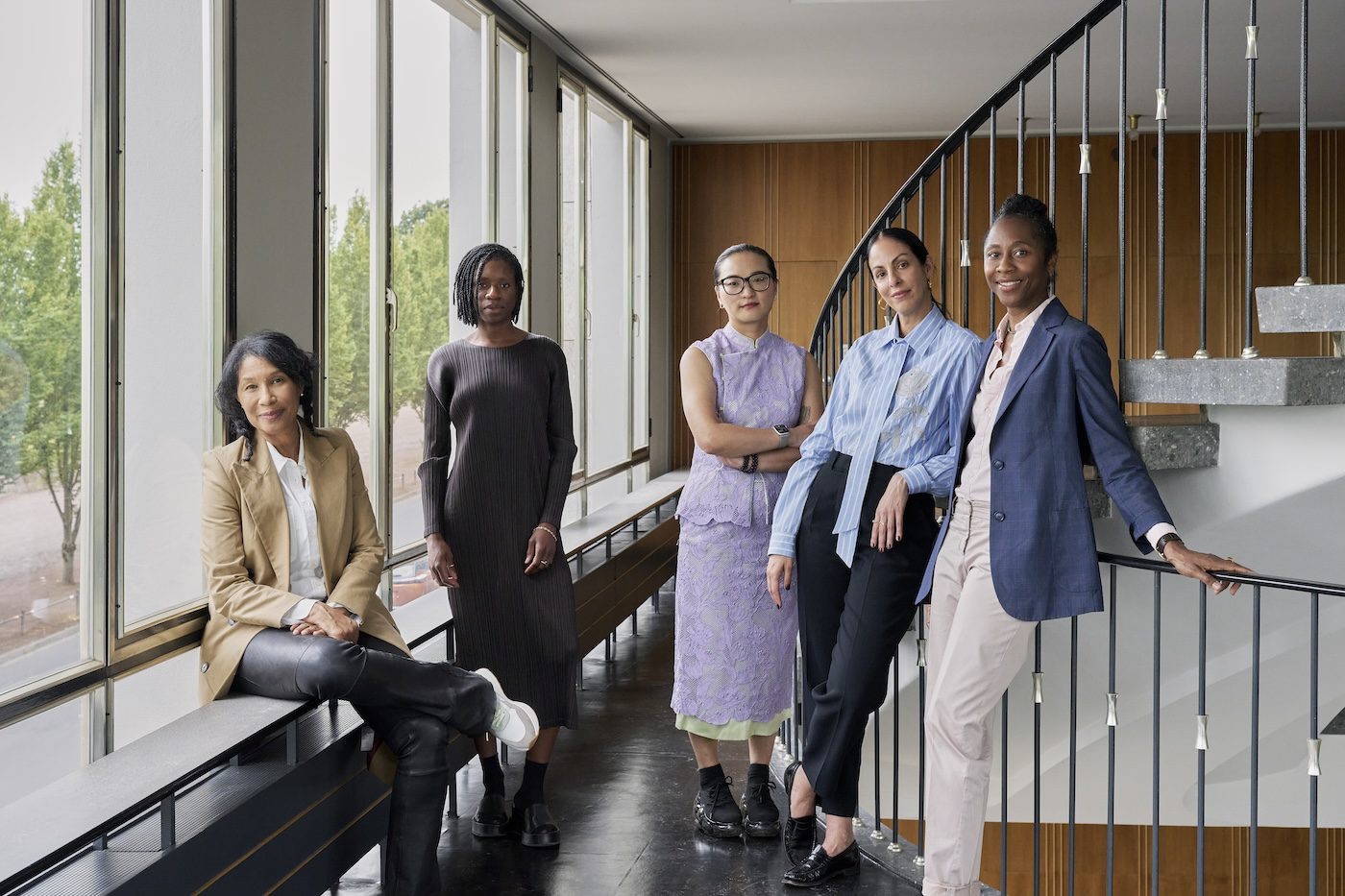
Naomi Beckwith Unveils Core Artistic Team for documenta 16
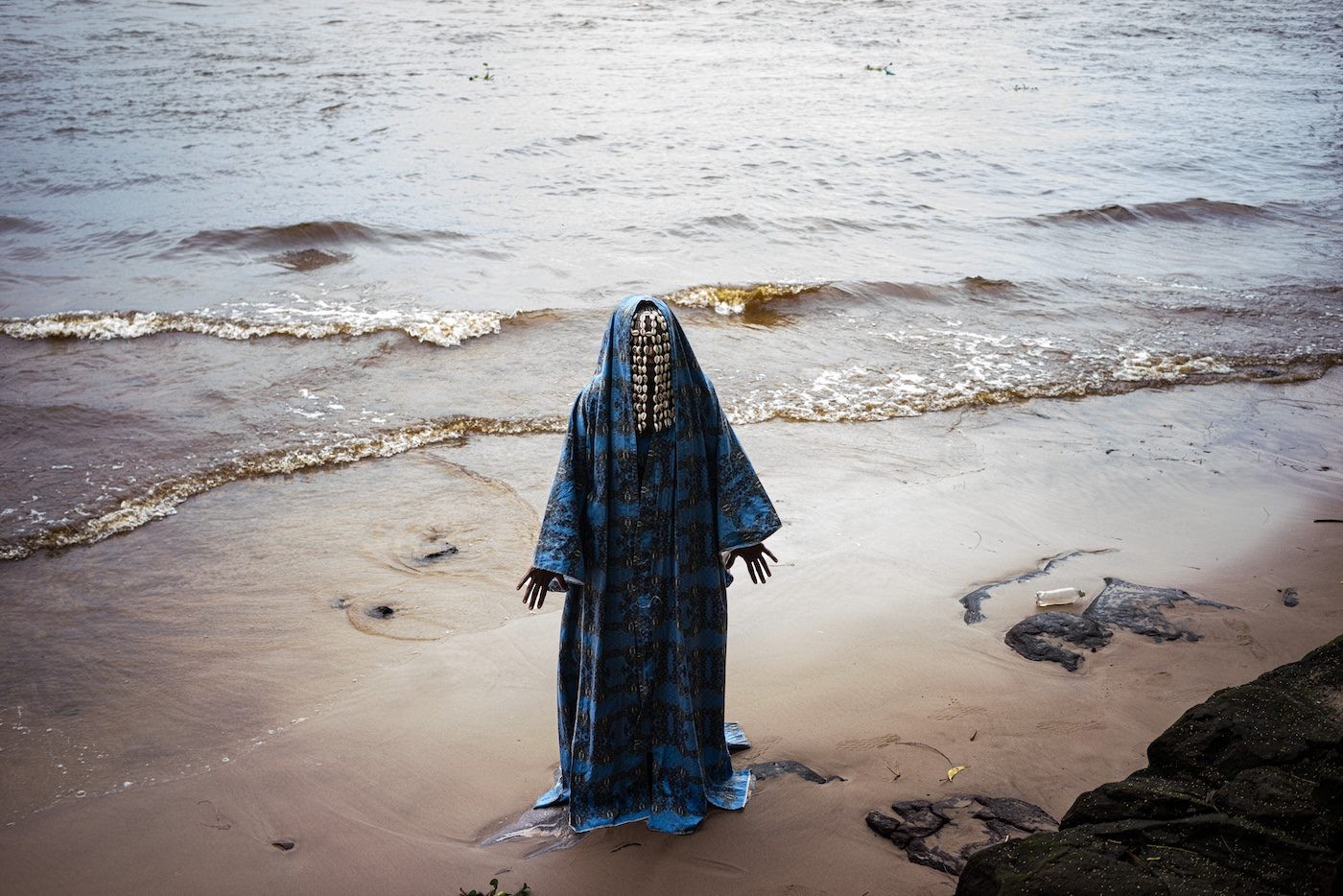
Fundação Bienal de São Paulo Announces List of Participants for its 36th Edition
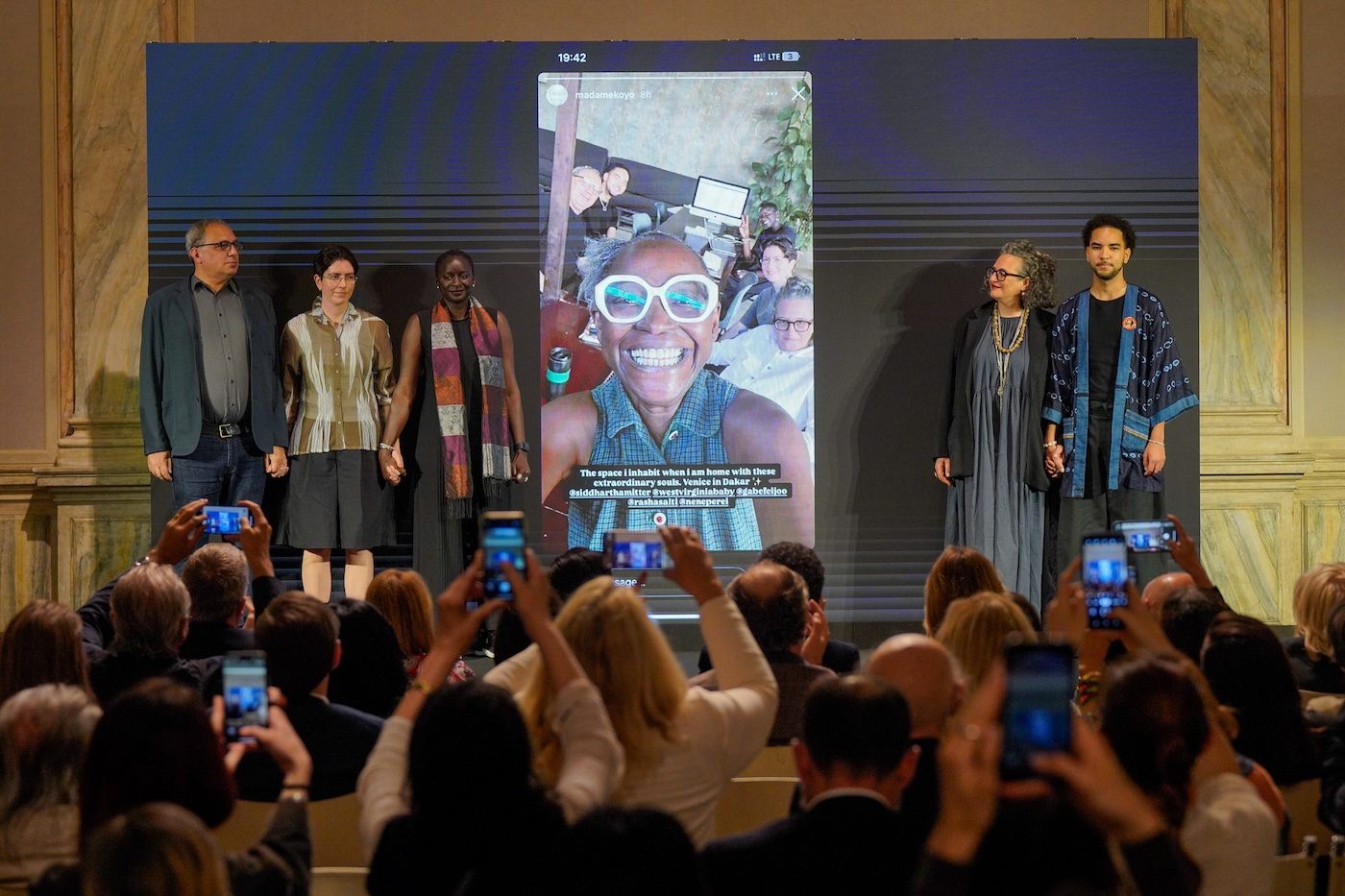
Venice Biennale 2026 Will Follow Late Koyo Kouoh's Vision
Read more from
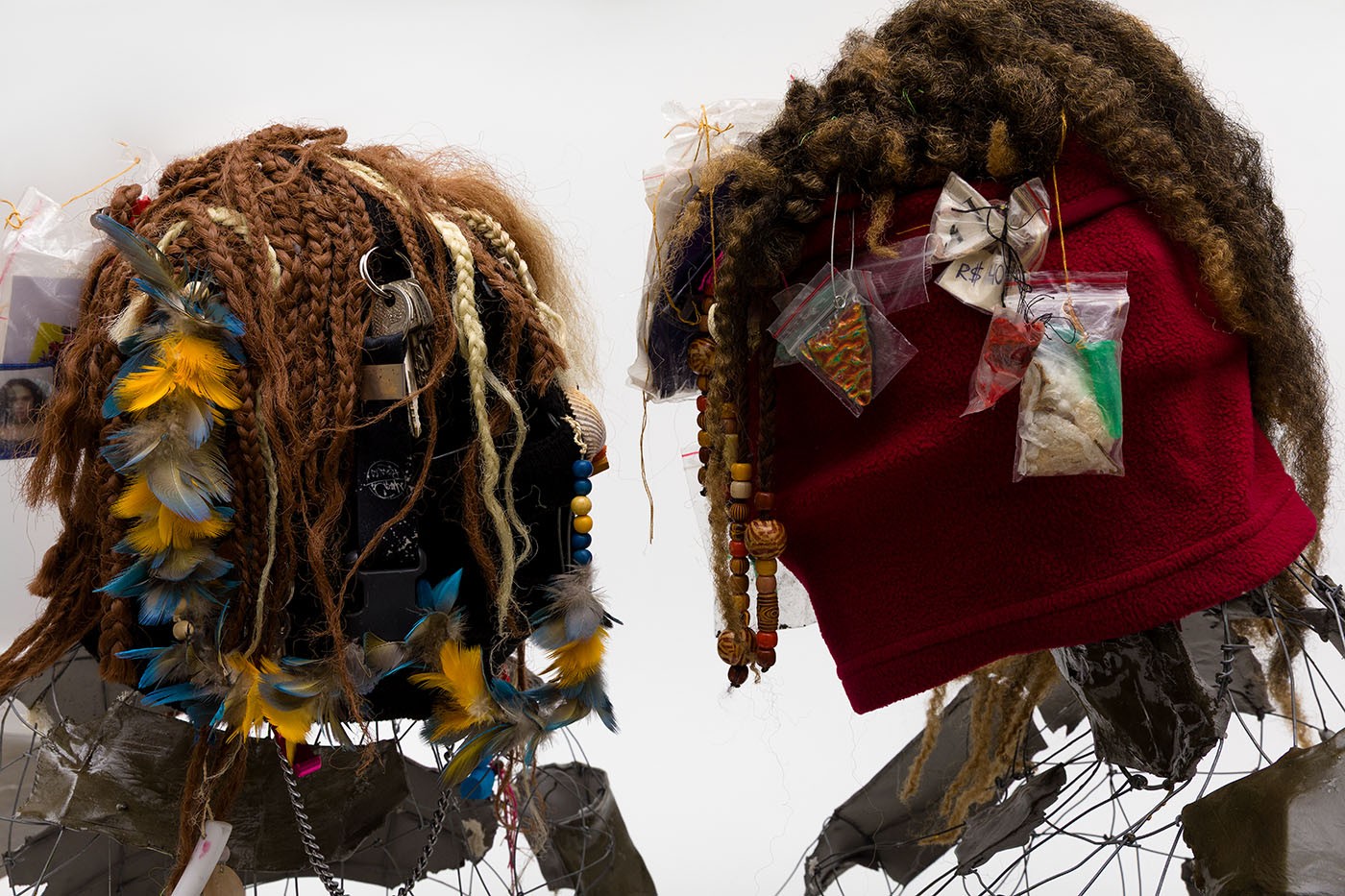
Fundação Bienal de São Paulo announces list of participants for its 36th edition
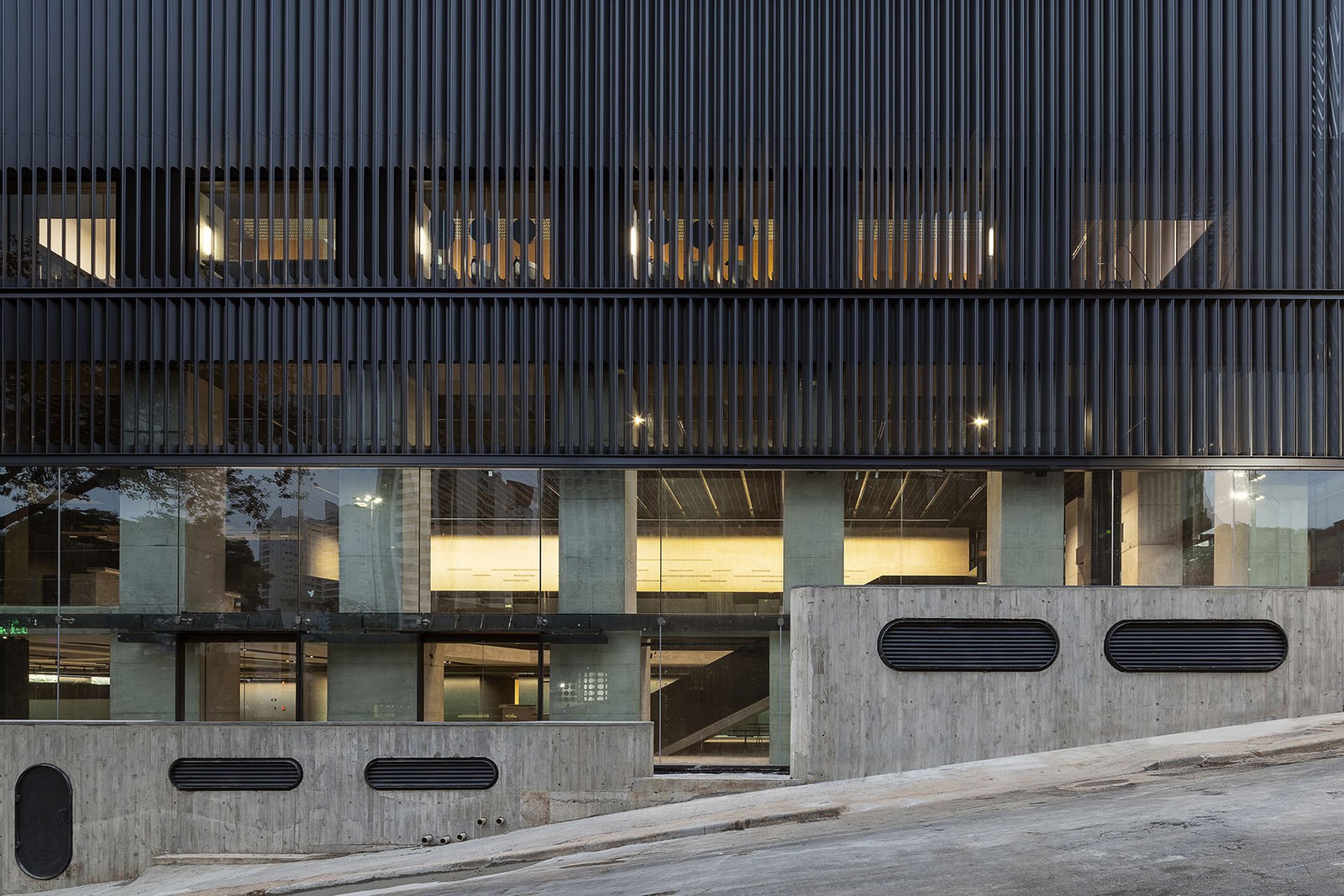
MASP inaugura novo edifício

